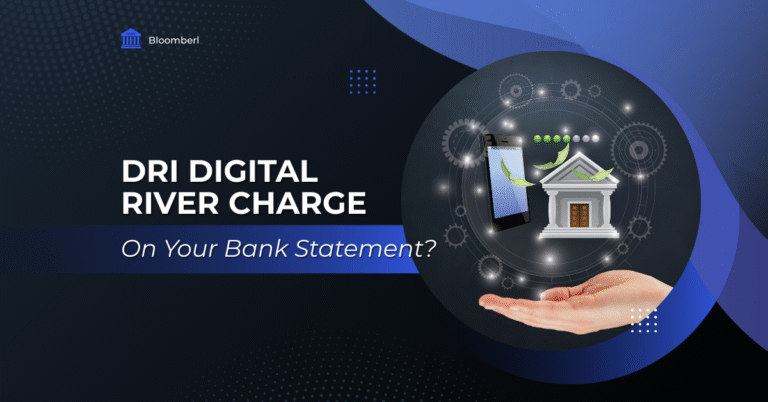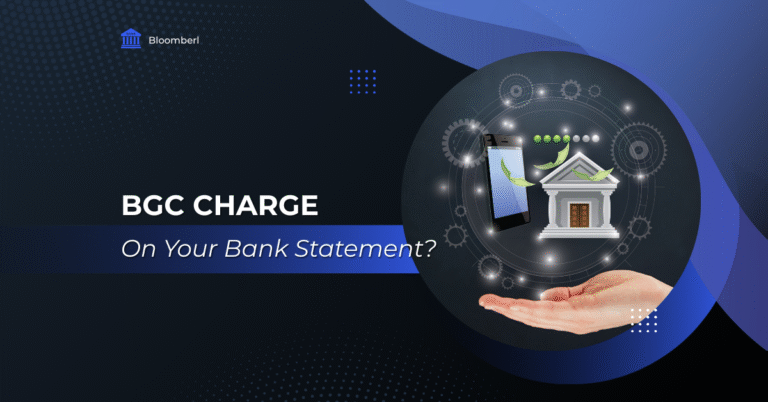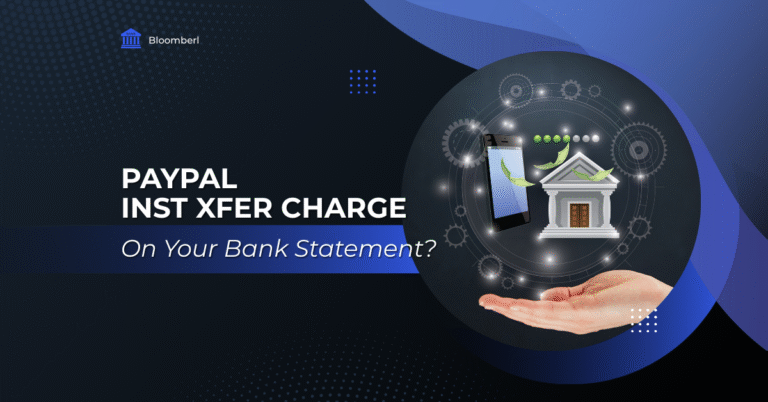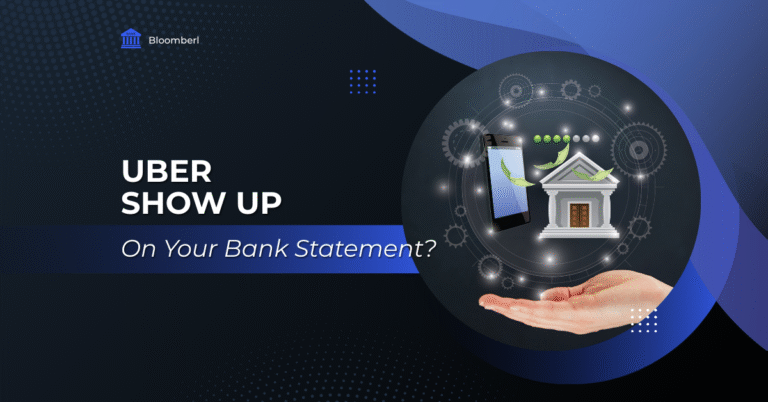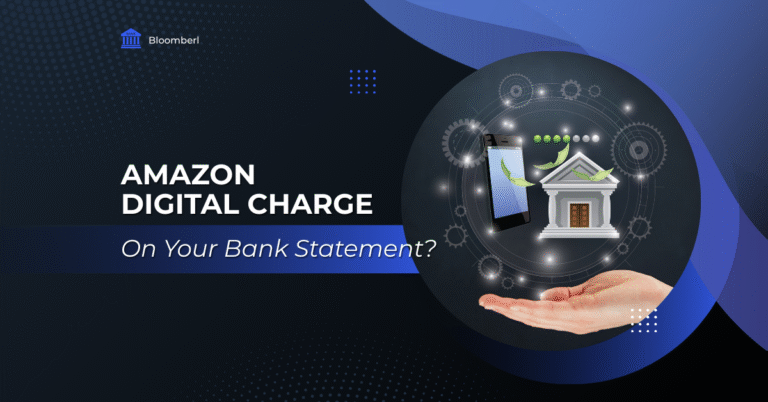What Is the PAI ISO Charge on Your Bank Statement?
Have you ever checked your bank statement and felt puzzled by a charge labeled “PAI ISO”? If so, you’re not alone! Many people come across this unfamiliar term and wonder what it means.
“PAI ISO” stands for “Payment Alliance International Interchange Service Organization.” This is a fee that banks may charge for processing transactions made with debit or ATM cards. It helps cover the cost of handling these transactions.
In this article, we’ll break down what the “PAI ISO” charge means on your bank or credit card statement, show you how to identify it, and share steps you can take to avoid seeing it in the future.
What Is the PAI ISO Bank Charge?
The PAI ISO charge is a fee that banks and financial institutions apply when you use your debit or ATM card for certain transactions.
PAI stands for Payment Alliance International, a payment processing company that provides services to banks and merchants. When you use your debit or ATM card for a transaction, the merchant is charged a fee by the payment processor.
This fee, known as the PAI ISO charge, is often passed on to your bank.
The amount of the charge can vary depending on the bank and type of transaction. Usually, it’s a small percentage of the total transaction amount and helps cover the cost of processing electronic payments.
This fee helps cover the costs of maintaining and upgrading payment processing systems, along with fees charged by companies like Payment Alliance International.
What Is Payment Alliance International?

Payment Alliance International (PAI) is a major provider of ATM and electronic payment processing services. Founded in 2005 and headquartered in Louisville, Kentucky.
PAI operates one of the largest ATM networks in the U.S., managing over 75,000 ATMs nationwide.
In addition to ATM services, Payment Alliance International (PAI) provides electronic payment processing for merchants and financial institutions. Their offerings include credit and debit card processing, mobile payments, and point-of-sale solutions.
PAI is known for delivering reliable and innovative payment solutions, earning a strong reputation in the payments industry.
An MBI SETL charge can be an early sign of a scam. Learn more about What Is the MBI SETL Charge on Your Bank Statement?
Make sure You know What Is the SEI Charge on Your Bank Statement?
How Does the PAI ISO Charge Appear on a Statement?
The PAI ISO charge is a fee that may appear on your bank statement when you use your debit or ATM card for a transaction. This fee is assessed by your bank or financial institution and is generally covered by the merchant accepting your card.
On your bank statement, the PAI ISO charge will usually appear as a separate line item alongside the transaction details.
The charge description may vary slightly depending on your bank, but it will usually include terms like “PAI ISO,” “ISPA/PIMDS Withdrawal PAI ISO,” or simply “Payment Alliance International.”
It may also appear as:
- PAI ISO ATM Withdrawal
- ISPA/PIMDS PAI ISO ATM
- ATM Debit PAI ISO
- WDL PAI ISO
- PAI ISO Los Angeles
- BAL INQ PAI ISO
- PAI ISO San Francisco CA
- PAI ISO Chicago
The PAI ISO charge will appear on your bank statement and be deducted from the total amount of your transaction.
It’s important to know that this fee is standard across many banks and financial institutions. It helps cover the costs of processing electronic payments, including debit and ATM transactions. While the fee is usually small, it can add up over time, especially if you frequently use your debit or ATM card.
If you’re having trouble finding the PAI ISO charge on your statement, you can always contact your bank’s customer service for assistance. They can explain the charge and how it’s applied to your account.
How to Manage an Unknown PAI ISO Bank Charge
If you spot an unfamiliar PAI ISO charge on your bank statement, there are a few steps you can take to address the issue.
Contact Your Bank or Financial Institution
The first step is to contact your bank or financial institution to ask about the charge. Request details about the transaction and how the fee was applied to your account.
There’s a chance the charge was made in error or that there was a mistake during the transaction process.
Verify the Charge
After gathering information about the charge, verify that it is legitimate. Review your records to confirm whether you made the transaction or if someone else might have used your debit or ATM card without your permission.
If you suspect the charge is fraudulent, contact your bank or financial institution right away to report it.
Dispute the Charge
If you believe the charge is incorrect or fraudulent, you can dispute it with your bank or financial institution. They will investigate and decide whether the charge should be reversed or if additional steps are needed.
Take Preventative Measures
To prevent unexpected charges on your bank statement in the future, you can take a few simple steps.
These include regularly checking your account for unusual activity, keeping your debit and ATM cards secure, and considering alternative payment methods when possible.
Seek Professional Assistance
If you’re unable to resolve the issue with your bank, consider seeking help from a consumer protection agency or a financial advisor. They can offer guidance and assist in resolving the matter.
You might also encounter a similar charge labeled “Charter Services.” Here’s how to handle that.
Understanding the PAI ISO Bank Charge
In summary, managing an unknown bank charge requires quick action and attention to detail. By following the steps outlined above, you can effectively handle the situation and reduce the chances of similar charges appearing in the future.
To avoid the PAI ISO charge going forward, consider using alternative payment methods, like cash or a different debit or credit card. You can also ask the merchant if they offer a payment option that doesn’t incur the PAI charge.

